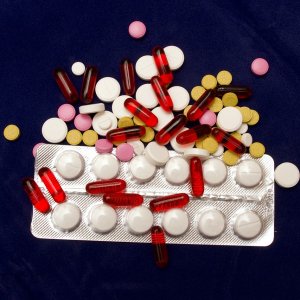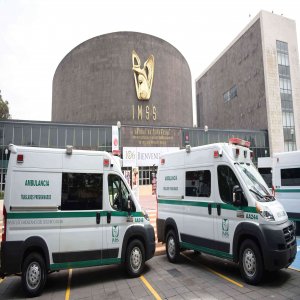
An Unrivaled Generics Policy
In 2011, when Mikel Arriola was appointed Federal Commissioner of COFEPRIS, there was a backlog of 8,000 drug registrations waiting for approval. In 2007, generic drugs accounted for 44% of all pharmaceuticals sold in Mexico. After Arriola implemented an overhaul of approval processes, the backlog was cleared and, by the end of 2011, the ratio of generics on the pharmaceutical market had soared to 71%. The timeframe for generics approval has dropped from 360 days to 60 days, with COFEPRIS estimating that the cost associated with the process has been reduced by 90%.
With these reduced timeframes, 357 generic medications were released from 2012 until March 2015, reducing costs in pharmacies on average by 61%. The government has also saved money as a result of the initiative, with more than 80% of volume of drugs purchased by the public health sector constituting generics, while the agency spent only 20% of its budget on these acquisitions. In contrast, the remaining 80% of the government healthcare budget is spent on innovative medications, which make up less than 20% of its pharmaceuticals in terms of volume. FUNSALUD estimates that the cost of patented drugs can be up to twelve times higher than generics.
As well as implementing new legislation, COFEPRIS has used various techniques in order to comprehensively consolidate the functions of the organization. These include outsourcing to private healthcare companies and relaxing the import regulations related to pre-approved medications. As a result of the work carried out by Mikel Arriola, in 2012, the WHO recognized COFEPRIS as a reference body for medicines and biological products. The approved drugs are not only cost-effective, but they are used to treat 71% of causes of mortality in Mexico, such as hypertension, diabetes, asthma, cancer, and arthritis, meaning that the medicines will have significantly furtherreaching effects on the public health system. According to Arriola, the central objectives of the pharmaceutical policy are to create a wider and more effective range of therapeutic options and to promote competition in order to continue to reduce healthcare costs.
Consumption of generics over the last four years has increased by 30% to 84% of total pharmaceutical volume, highlighting increasing acceptance by public of generic medication, largely due to the implementation of bioequivalence testing. An estimated 51% (US$7.4 billion) of the Mexican pharmaceutical market now consists of patented innovative drugs, while generics represent 35%, valued at US$5.1 billion. Over the counter medications constitute 14% of the market, earning US$2.1 billion. CANIFARMA expects the generics market to overtake innovators both in value and volume by 2018.
Although out of pocket spending has reduced by 5% in the years from 2000 until 2012, Mexico’s out of pocket expenditure still significantly outweighs the OECD average. Moreover, predictions indicate that with the proposed TTP agreement, access to generic drugs could become more difficult due to the treaty’s higher level of patent protection. Moreover, there is the risk that the government may overrule the tax exemption for pharmaceutical drugs if it fails to see a lack of growth within other economic sectors. The legislation implemented by Arriola and his team at COFEPRIS has had a significant impact on the pharmaceutical market, as well as on the economy. The question for the future will be whether or not this growth can be sustained.
















